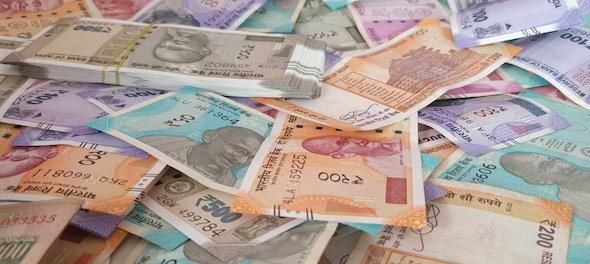
Ahead of Budget 2023, experts have proposed the government to consider reducing the 'double taxation' of the Employees' Provident Fund (EPF). The Income Tax Act provides certain situations where the contribution may become taxable if employees leave before five years of service. This means 'double taxation' at the withdrawal stage, as the contribution has already been taxed. So, experts want the government to clarify and identify specific exemptions to avert this.
Live TV
Loading...
Interest on EPF contributions above Rs 2.5 lakh is taxable. However, it is not clarified that it should be taxed on an accrual basis on withdrawal. It is suggested to tax interest income at the time of withdrawal, experts say.
Employer’s contribution to the EPF account of an employee is exempt up to 12 percent of the PF Salary. Effective April 1, 2020, any employer's contribution to Provident Fund (PF), NPS and superannuation exceeding Rs 7.5 lakh per year is taxable as perquisites in the hands of the employee under the head ‘Income from Salary’.
ALSO READ | Budget 2023 may see reduction in income tax rates — more reliefs likely for the middle class
While this may not change, experts want the government to raise the deduction limit available under Section 80C limit. An employee's contribution to the EPF account also earns a tax break under Section 80C of up to Rs 1.5 lakh. This amounts to 12 percent of the salary that is deducted by an employer and deposited in the EPF or other recognised provident funds.
Tapati Ghose, Partner at Deloitte India, thinks that government should look at increasing this limit to Rs 2.5 lakh, considering the increase in the cost of living and inflation.
"This will have two-fold benefits, viz., individual taxpayers would be willing to save more and will benefit from a lower tax outgo, thereby increasing disposable income to meet the increase in the price of various' commodities," she said.
EPF interest calculation
Every year the government fixes interest on the amount deposited in the PF account. The EPFO calculates the month-wise closing balance and the interest for the whole year. The interest is calculated by adding the monthly running balance and multiplying it with the interest rate/1200.
In case the employee withdraws a certain sum from the account, then interest from the beginning of the year till the last date of the month preceding the month in which the withdrawal took place is taken into account.
The closing balance for the year will be opening balance + contributions – withdrawal (if any) + interest. Let’s assume the interest rate is 8.50 percent and the opening balance is Rs 1,00,000. The monthly contribution is Rs 1,000. The employee withdraws Rs 30,000 in the third month.
The interest calculated will be the sum of the monthly balance = Rs 8,87,000. Interest will be 887000 x (8.50/1200) = Rs 6,282.00.
Thus, the closing balance for the year will be opening balance + contributions - withdrawal + interest = Rs 1,00,000 + Rs. 12000 - Rs. 30000 + Rs. 6282 = Rs 88,282.00.
ALSO READ | Budget 2023 : Mutual Fund industry body demands units to be classified as specified long term assets
First Published: Jan 30, 2023 12:06 PM IST
Check out our in-depth Market Coverage, Business News & get real-time Stock Market Updates on CNBC-TV18. Also, Watch our channels CNBC-TV18, CNBC Awaaz and CNBC Bajar Live on-the-go!



